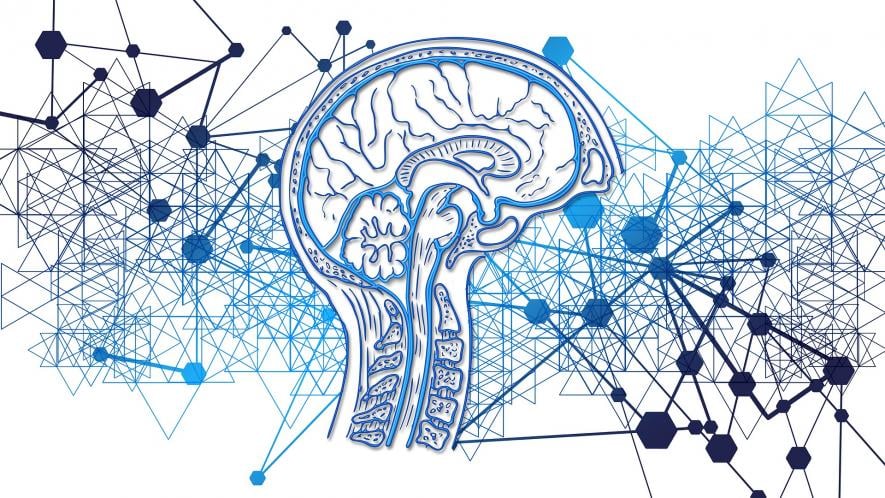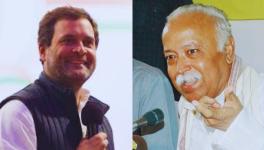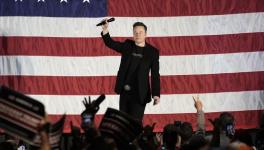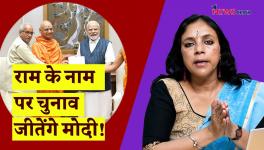Lines Between Fact, Fiction Becoming Blurrier on Social Media

On June 8, actress Kangana Ranaut posted an Instagram story criticising Qatar Airways CEO Akbar Al Baker for “bullying” and “mocking” a young Indian named Vashudev. Vashudev had posted a video calling for a boycott of the airlines after the Gulf nation slammed India for the controversial remarks and tweet on Prophet Muhammad by Bharatiya Janata Party (BJP) national spokesperson Nupur Sharma and the party’s Delhi media head Naveen Kumar Jindal respectively.
Following the furore caused by the remarks and the tweet, which was deleted, in the Gulf and several other Islamic countries, the BJP suspended Sharma and expelled Jindal. The Indian Embassy in Qatar issued a perfunctory statement stating that these were only “fringe elements” and that their words did not represent the government’s views. The BJP also issued a press release distancing itself from the remarks but without naming either.
Vashudev waded into the controversy by tweeting a video that asked Indians to boycott Qatar Airways to teach that nation a lesson—in his words, to respond to their “brick’ with a “rock”. Soon the hashtag “BycottQatarAirways” (sic) was trending in India, with around 1,70,000 users having tweeted or retweeted it.
Shortly after this, a video spoof showing Al Baker “requesting Vashudev to take this call for boycott back” in an interview with an Al Jazeera journalist went viral. The CEO had in fact been interviewed by Al Jazeera at some point, but the audio of that interview had been doctored to make it seem as though they were discussing Qatar Airways’ “biggest shareholder,” Vashudev, and the comments he had made “from his headquarters, the terrace of his house.”
I'M DEAD! 🤣🤣🤣🤣🤣🤣🤣
This is MUST WATCH!
Watch this interview of the CEO of Qatar airways, on the call for #BycottQatarAirwaysQatar by Vashudev
Watch till the end! pic.twitter.com/52YUJLDCYj— Husna Pervez حسنیٰ پرویز (@HusnaPervez) June 7, 2022
Ranaut, who is infamous for making controversial remarks, believed the video to be authentic and criticised the CEO. After it was no doubt pointed out to her that the video was a spoof the actress deleted the Instagram story.
Social media plays an important role in society and has the ability to blur the lines between reality and satire, restructuring our engagement with those around us. Should Ranaut have known better than to believe the video spoof? Of course she should have. But to ask the question misses a very important point. The world of social media does not necessarily operate on the assumption that what one is sharing is true or real but rather that it has caused outrage to the sharer and will trigger outrage in others. To be caught in a lie is bad and to be fooled is perhaps worse—but one can then just do what she did: delete the post and never acknowledge it again.
What has changed with the increased proliferation of social media in our lives is that the individual is no longer just that—an individual—but also a living advertisement for himself or herself. The individual is a brand as much as a person, and the value of this brand is measured in how much attention it can point in any direction using its platform. Each utterance and each post serves to cement the worth of that brand and its commitment to a set of beliefs or ideologies.
There was a period around 10 years ago when this democratisation of information generation seemed like an unequivocally good thing. For example, when social media was used to both generate popular support for and organise the Arab Spring. Of course, newspapers and television and radio news have always been beholden to their advertisers, to those who provide the capital for their functioning, but perhaps less insidiously. There was, and to some extent remains, a sense that certain institutions work in the public interest, or, at the very least, operate under public scrutiny, and that their claims are grounded in reality.
Now, as everyone can—and does—generate ‘content’, picking apart what has been shared, especially in the absence of context, seems harder than ever before. With so much material constantly being produced, no one can look at it all to judge its veracity. We cannot reliably discern whether someone knows what they are talking about or whether they themselves have been deceived or are acting in bad faith.
The sheer volume of information generated means that the only real scrutiny that can take place is in the sparring between two users in a tit-for-tat exchange of opinions that rarely leads to anything fruitful. We trawl through what others have shared and see the conclusions that they have come to without necessarily seeing how they have arrived at them or what might have motivated their reasoning.
Ranaut and others like her need to be seen as operating within this context—both as producers of the discourse as well as its consumers.
So much of our interaction with the world around us is now mediated by the sleek black rectangles of our phones. Our friends are there, as is our work, and an endless stream of (mostly) bad news screams its demands for our attention. According to Mark Zuckerberg, Facebook’s reason for existence is “to strengthen our social fabric and bring the world closer together,” but the world often only seems closer because of the way it clamours for our limited time on social media. In this din, sorting fact from outright fiction is difficult, especially when we become enmeshed in environments and communities that are already polarised.
People have written in the past about how the YouTube algorithm pushes hate on unsuspecting users to keep them on the platform, and the ephemeral nature of content on social media feed also contributes to this. The feed keeps moving and there is always something new to be outraged by.
When you can curate your interactions to suit only what you would like to see and are encouraged to interact with more of the same, it only serves to reinforce what you already believe. This is the reality that we need to contend with when we attempt to understand hate or as we think about deradicalisation.
The world is often both simpler and more complicated than the narratives favoured by those advocating for bigotry—more complicated in that often alternate narratives do exist, and simpler in that these often point to the effects of structural power. This remains true whether we consider the power of states doing what they will, or that of social groups, or the power that comes with controlling the infrastructure of social media and its undemocratically-enforced algorithmic curation, which seems to serve primarily to enflame viewers in order to translate to clicks and views and, therefore, revenue.
We all fall prey to misinformation, to not knowing whether something is true or false or malicious or merely satire. But for those of us with smaller platforms to share our views, there is perhaps less effect and less damage done when we get something wrong. This does not necessarily excuse the behaviour, but it does to some extent explain it.
We hope that those with larger audiences will exercise a certain amount of judgement, of restraint, when it comes to what they share, but this is not something that we can rely upon. In some cases, their minds are already made up, or they are not enmeshed enough in the vernacular of the Internet beyond their own circles to be able to read carefully enough between the lines to see the outlandish nature of the claims being made because, or so they will say, these could have been true.
In an episode of the podcast The Content Mines, journalists Ryan Broderick and Luke Bailey articulate the concept of ‘structural dissonance’, which they describe as when “the structures of the Internet […] conflict with content.” These effects widely coexist in our feeds in ways that can only make us feel uncomfortable, and how we interact with those feeds is shaped by the rules that govern particular platforms.
We scroll seamlessly between pictures of food that someone has made and the war in Ukraine; between a quote that someone likes, home decoration videos, and atrocities against marginalised communities. All discussions and engagement are flattened into the shapes that make sense within the context of social media.
What do we do when we see the horrors taking place around us? If we encounter them in the same place we go when we’re bored, we simply click on the little heart and move on.
This means, for example, that when we see something on Facebook or Twitter, we can either ignore it, ‘like’ it, reply to it, or share it with our own audiences—with or without comment. At most, our engagement with the media we consume serves only as the substrate for our own ‘take’ on the matter.
Does this mean that we are all doomed to behave just as Kangana Ranaut did? Only if we refuse to understand the designs that social media companies have upon us. If we refuse to see how we are being manipulated, then, like Ranaut, when we see a post, all we can do is post about it.
Get the latest reports & analysis with people's perspective on Protests, movements & deep analytical videos, discussions of the current affairs in your Telegram app. Subscribe to NewsClick's Telegram channel & get Real-Time updates on stories, as they get published on our website.
























